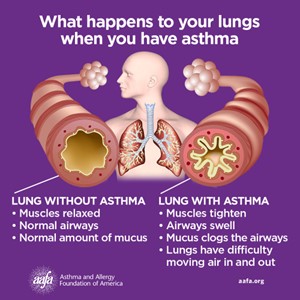A nurse is caring for a client who is newly diagnosed with type 1 diabetes mellitus. The nurse should recognize that the client needs a referral for diabetic education when the client does which of the following?
Draws up regular insulin before NPH when demonstrating injection technique
Says that he will see a primary care provider to treat corns on his feet
States that he will treat hypoglycemic reactions with 15 g of carbohydrates
Lists sweating, shaking, and palpitations as symptoms of hyperglycemia
The Correct Answer is D
The nurse should recognize that the client needs a referral for diabetic education when the client lists sweating, shaking, and palpitations as symptoms of hyperglycemia. These symptoms are actually associated with hypoglycemia, not hyperglycemia. Hyperglycemia is characterized by symptoms such as increased thirst, frequent urination, and fatigue.
Option a is incorrect because drawing up regular insulin before NPH when demonstrating injection technique is the correct procedure.
Option b is incorrect because seeing a primary care provider to treat corns on the feet is an appropriate action for a client with diabetes.
Option c is incorrect because treating hypoglycemic reactions with 15 g of carbohydrates is the recommended treatment.
Nursing Test Bank
Naxlex Comprehensive Predictor Exams
Related Questions
Correct Answer is A
Explanation
The nurse should administer bronchodilators first for severe wheezing. Bronchodilators work by relaxing the muscles in the airways, which helps to open them up and make it easier to breathe.
Option b is incorrect because beta blockers are not typically used to treat asthma and can actually worsen symptoms in some clients.
Option c is incorrect because inhaled steroids are used to reduce inflammation in the airways over time and are not typically used for immediate relief of severe wheezing.
Option d is incorrect because anti-inflammatory agents are used to reduce inflammation in the airways over time and are not typically used for immediate relief of severe wheezing.

Correct Answer is C
Explanation
The charge nurse should remind the newly licensed nurse that the client has a right to refuse medication. It is important for healthcare providers to respect the autonomy and rights of their clients, including the right to refuse treatment.
Option a is incorrect because it may not be appropriate for the family to persuade the client to take medication against their wishes.
Option b is incorrect because delivering medication intramuscularly against the client's wishes would violate their right to refuse treatment.
Option d is incorrect because inquiring about compatible foods with the pharmacy would not address the issue of the client's right to refuse medication.
Whether you are a student looking to ace your exams or a practicing nurse seeking to enhance your expertise , our nursing education contents will empower you with the confidence and competence to make a difference in the lives of patients and become a respected leader in the healthcare field.
Visit Naxlex, invest in your future and unlock endless possibilities with our unparalleled nursing education contents today
Report Wrong Answer on the Current Question
Do you disagree with the answer? If yes, what is your expected answer? Explain.
Kindly be descriptive with the issue you are facing.
